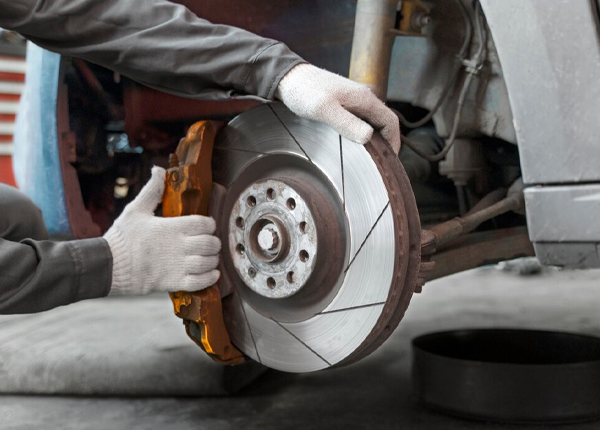How to Put Snow Chains on Semi Trailer Tires
Heavy vehicles and winter conditions with slippery and snowy terrain do not mix well. You can attach snow chains to your tires as a driver to give you much-needed stability and traction on snowy roads. For more details, continue reading:
How to install snow chains on semi-tires in steps
Of course, each truck and chain is something unique. As a result, you may need to adjust certain procedures to suit your particular requirements. The process for attaching chains to your trailer is as follows:
Park your car in a safe area away from traffic.
The chains can be removed from the storage bag.
The chains should be placed with the hooks pointing up.
Remove the hooks and blow any snow off the surface of the chain.
While removing residual snow from the chains, place the chains on the tires. Turnbuckles should be open and hooks should always face out.
Match the chains. You will probably need to crawl under the vehicle to do this.
Make sure there are the same links on the outside and inside of the tire by counting the links. The chains will not turn correctly if there is an imbalance, so remove the chains and restart the operation.
To tension the chains, move the vehicle forward.
Use a tensioning tool to tighten the chains. Let the chain and tires be about a finger’s length apart.
When to put tire chains
Chains are not essential unless it is winter and the roads are covered in ice and snow. If no such circumstances exist, adding chains to your vehicle could put you in danger. Remember that certain mountain roads have “chain regulations” that require all trucks to have chains attached before driving. To help you get your vehicle off the ground in the rain, you can also attach chains.
How to drive a vehicle with tire chains
Driving slow is the name of the game when you have chains on your tires. With chains, most trucks can’t move faster than 30 mph. You must take into account the extra weight of the chains. Your truck’s weight can increase by about 1,000 pounds if it can accommodate up to six chains. Because they are significantly lighter than chains, some choose snow socks as a substitute. Snow socks do not meet the chain requirements specified for certain high routes.
Various types of tire chains
There are several chain options available for truck tires. Here are several examples:
Simple: a tire will be covered by this type of chain.
Doubles – This type of tire chain will go around approximately two tires.
Triples: To connect, this chain will wrap around two tires and line up in the center. This is designed to be used with duals and helps secure them.
Tire Chain Removal Procedure
Remove tire chains any time you reach dry or wet pavement that is not covered in snow. Remove chains by stopping in a safe area away from oncoming traffic. When you’ve got them out of the way, put them back in your vehicle, so you can use them the next time you need to get safely from point A to point B.
Snow chains are not the most glamorous or enjoyable part of a truck driver. To avoid getting stranded or sliding all the way, it’s crucial to have chains on hand if you often travel through mountainous regions or other places that receive heavy snowfall.



